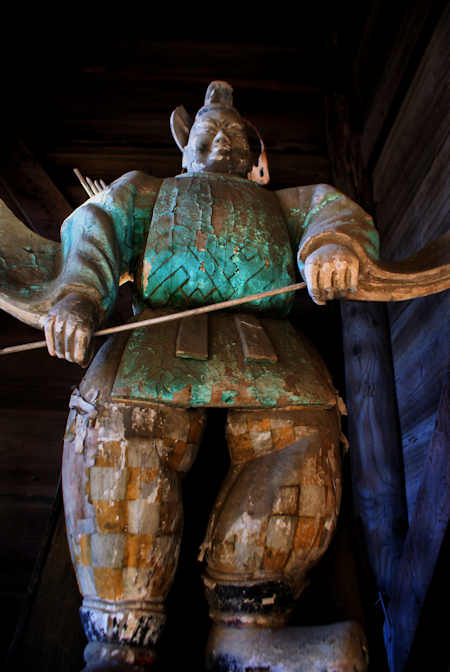Friday, September 15, 2023
Kishu Toshogu Shrine
Friday, October 28, 2022
Rikitake Kamado Shrine
Rikitake Kamado Shrine
Thursday, September 29, 2022
Guardians of Kitano Tenmangu in Kurume
Sunday, January 2, 2022
Miscellaneous Statues along the Hita Kaido
Statues along the Hita Kaido
One of the subjects I focus on finding as I walk the roads and lanes of Japan is sculptures. On my walk along the Hita Kaido, the old highway running East out of Kurume, I encountered a huge number of them I've posted about the large number of Ebisu statues along the road. Ther were so may I did a second post. One town along the way had lots of Kappas, and of course, I recently posted a lot of Komainus.
This time I want to show you a selection of other statues from that day's walk that don't fit the other categories.
The top photo is of a small shrine that has a diverse collection of statues left by different parishioners over time. In this particular instance, all the statues are Buddhist, but very often they are a mix of Buddhist, Shi to, Daoist, secular, and occasionally, Christian statues.
Thursday, August 19, 2021
Miyama Tenmangu
Saturday, May 8, 2021
Omiya Shrine Yamaga
Saturday, October 24, 2020
Shrine Chickens & other details at Aoi Aso Shrine
































































